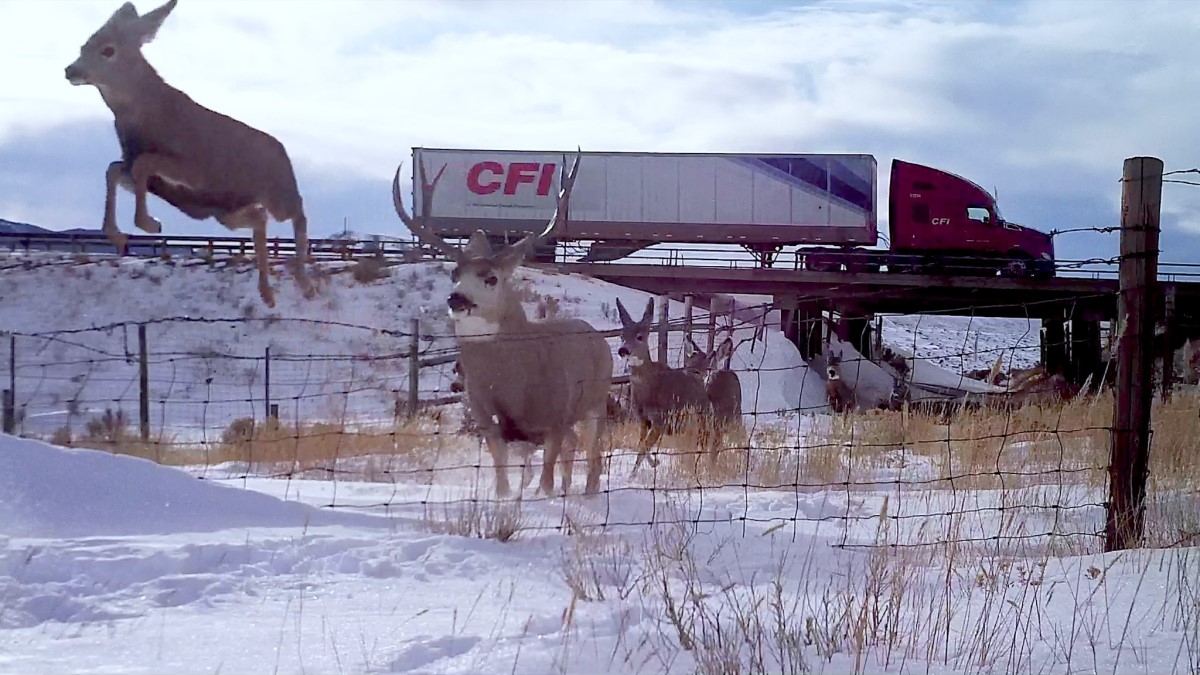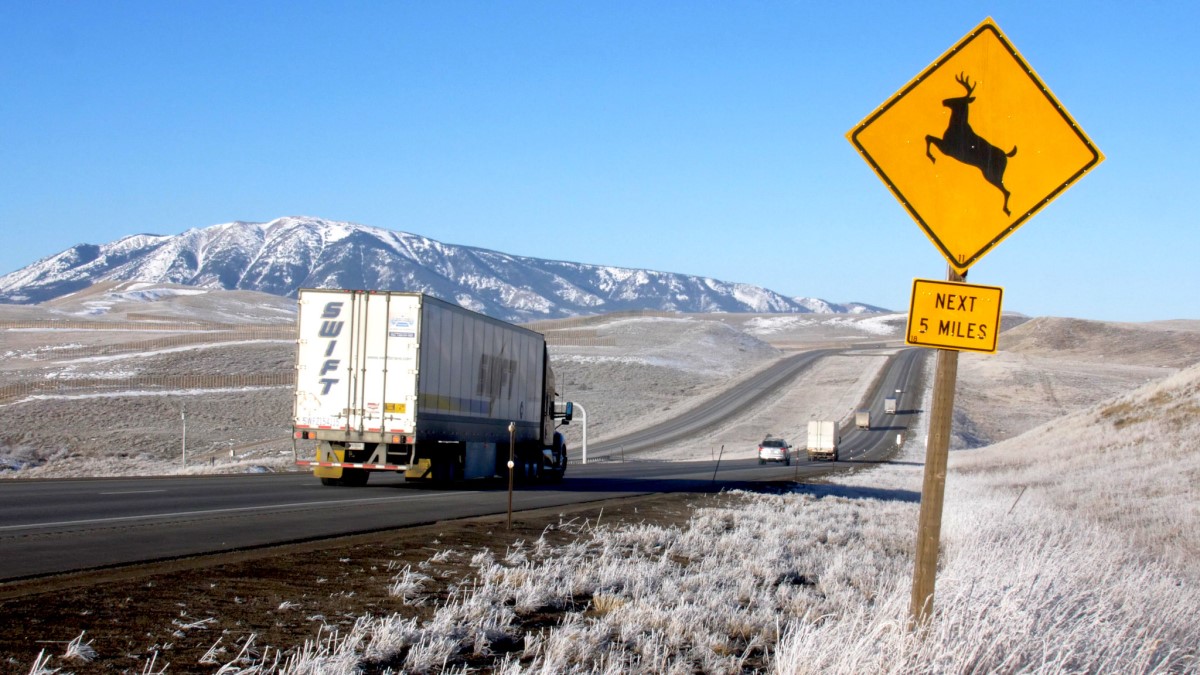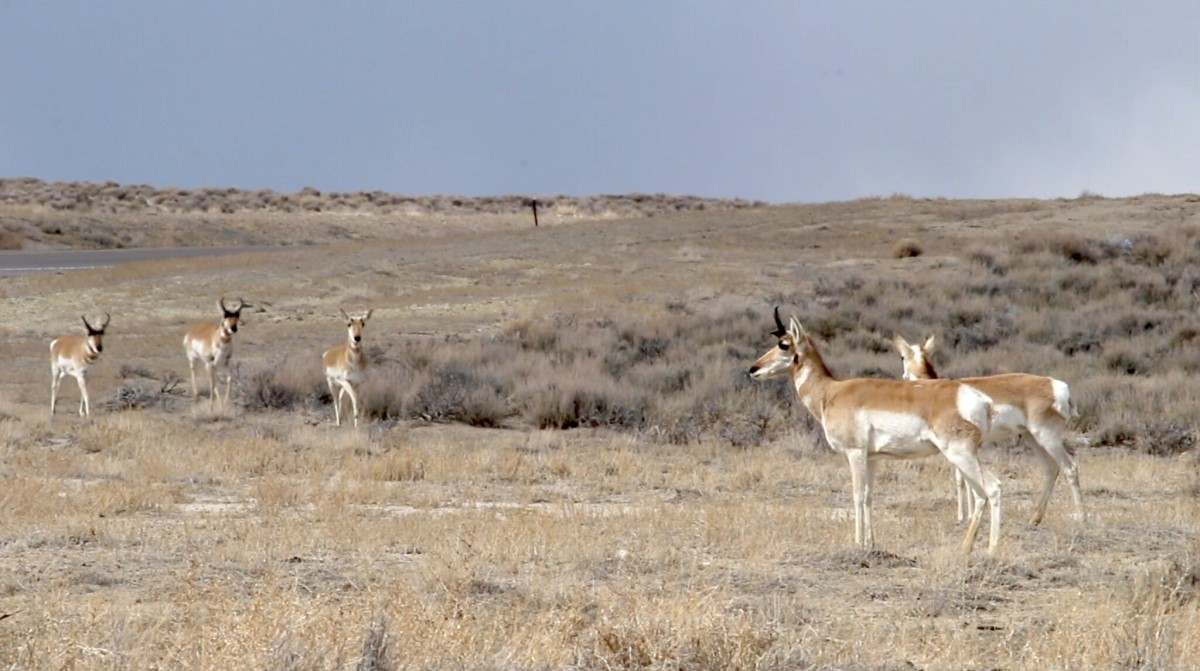Vote ignores the recreational fishing community and others, but there is more time to stand up for conservation
Shallow-water purse seining for menhaden contributes to beach erosion and damages nursery habitats for redfish, speckled trout, sharks, jacks, mackerels, blue crabs, and other species. To ensure that Louisiana’s coastal habitat can continue to support billions of dollars in revenue from recreational fishing and wildlife tourism, as well as thousands of vital jobs, the TRCP and its sportfishing partners have been calling for a regulated buffer zone that would restrict industrial menhaden harvest to deeper waters, reducing habitat impacts and conflicts between pogie boats and anglers.
On Thursday, the Louisiana Wildlife and Fisheries Commission amended a proposal to create a restricted zone that would limit industrial menhaden fishing within a quarter mile of the state’s coastline. Unfortunately, the original proposal did not go far enough to prevent erosion and habitat damage, and Thursday’s amendment would further reduce the size of the buffer along sensitive marshes on the western shore of Breton Sound—making an already inadequate measure even weaker.
Public comments submitted over the last two months overwhelmingly favored strengthening the proposal by expanding the restricted area to at least a half mile from beaches and sensitive shallow water areas. The Commission’s vote Thursday showed that those comments have been largely ignored.
Sportfishing advocates were in favor of last year’s legislative action to create a half-mile restricted zone to help conserve and protect surf zone habitat, reduce harmful bycatch, and protect Louisiana’s recreational fishing economy and culture—a legislative solution that the menhaden industry strongly opposed. The bill ultimately failed, but the commission could achieve the same goal by expanding the proposed restricted zone. Unfortunately, the Commission does not seem intent on voting in favor of conservation.
The lone bright spot resulting from the amendment is it gives all concerned about this issue additional time to continue to voice opposition to a feeble, quarter-mile buffer zone.
What difference does a quarter mile make? Let’s dive deeper.
Hitting Rock Bottom
The menhaden reduction fishing industry—namely two companies, Omega Protein and Daybrook Fisheries—has reported that their boats only fish in waters 12 feet or deeper, so the large vessels don’t hit the bottom. In past discussions of this issue with the Commission, menhaden industry representatives and some commissioners have claimed that it is impossible for the boats to operate in shallow-water areas, where the vessels run aground, and that the industry would not risk the damage to the vessels by operating them in water depths of 5 to 10 feet.
Almost the entire proposed, one-quarter-mile restricted zone is in depths of up to just 6 feet. Amending the buffer zone to at least a half mile, which would include depths between 6 and 12 feet, would decrease the negative impacts of purse seining that plague Louisiana’s coast. If the claims from Omega and Daybrook are true—and they cannot risk the damage to their vessels by having them contact the bottom—there should be no issue with a half-mile buffer zone, which would only restrict fishing in areas that are supposedly too shallow for industrial pogie ships.
There’s good reason to keep these vessels out of shallow water as a policy, instead of trusting the companies’ assertions that pogie boats don’t go that close to shore: Numerous eyewitness accounts and videos show them intentionally running aground and displacing large volumes of sediments in waters inside a half mile of beaches. [Watch the video for actual footage of this happening within yards of recreational fishing boats.]
Impacts on Popular Sportfish
The Gulf menhaden fishery is the largest fishery by volume in the contiguous United States, and Louisiana accounts for 80 percent or more of all menhaden catches in the Gulf of Mexico, with over 900 million pounds harvested in 2020. Industrial pogie fishing made up almost half of all catches in the Gulf from 1980 to 2016.
Even if no more than 5 percent of the fish they harvest are species other than menhaden or herring (per Gulf-wide bycatch restrictions) the amount of potential bycatch is still immense. Sadly, the data from Omega and Daybrook regarding bycatch of important pogie predator species—including redfish, speckled trout, blacktip shark, and king and Spanish mackerel—is not publicly disclosed.
Efforts should be made by the menhaden industry to measure the environmental effects of their bycatch and to prove that the pogie fishery poses no risks to Louisiana’s fragile coastal ecosystem. In the meantime, bycatch of species like speckled trout, blue crabs, redfish, and some mackerels would be reduced by restricting harvest in nearshore areas.
Just a First Step Toward Menhaden Conservation
Omega and Daybrook frequently tout their Marine Stewardship Council certification as an indicator of their sustainable fishing operations in the Gulf. However, they have funded studies that deny the correlation between menhaden abundance and predator populations—directly contradicting MSC Fisheries Standards. Other studies have shown that pogies and other forage fish ARE correlated with the abundance of seabirds, king and Spanish mackerel, and blacktip sharks. The menhaden industry has blatantly disregarded MSC principles, further proving their unwillingness to accept the negative impacts of their operations along Louisiana’s coast.
If Omega and Daybrook want to demonstrate the effectiveness of a quarter-mile buffer zone versus a half-mile, they should prove through transparent and independent science that they are not harming our coastline by damaging the delicate intertidal zone or killing massive numbers of animals that depend on pogies as prey, like redfish, speckled trout, and seabirds.
The current fishery management strategy does not include a harvest control rule, coastwide catch limit, or accountability for overfishing. The implementation of, at minimum, a half-mile restricted zone for the industrial menhaden fishery is a necessary first step toward the conservation of Gulf menhaden, the wildlife and fish that depends on them, and the critical surf-zone habitat in Louisiana.
We have urged the Commission to amend the proposed quarter-mile restricted zone to a minimum of a half mile, and we will continue to push for meaningful conservation measures in the menhaden industry. Please send comments to comments@wlf.la.gov and keep following the TRCP for further updates on how to take action.
Top photo by Jay Huggins via Flickr.


















I understand that menhaden are a viable source of nutritional products, but the disturbing of possible bycatch habitat is much more important. Not only does it harm the Sport-fishing industry and tourism, but also local commercial fishing , crabbing, and oyster harvesting, et al, and the massive job force they employ. There is nothing more tasty than Louisiana Steamed Blue Crabs , Shrimp, Raw Oysters, steamed Clams, or a meal of fresh Fish on the planet. That in itself is a reason for an amicable distance to agree upon.
The damage caused by Pogie boats fishing close to shore is clear from the video included in the post. Pogie boats should be restricted to fishing a minimum distance of one-half mile from shore.
Actually, in my opinion at all to be at least a mile boundary and two would be even better!
Louisiana’s problems keeps getting worse, pathetic
I wrote “The most destructive fishery in the USA” It goes in detail about the Menhaden Reduction Industry. It took 5 years of research. The Menhaden Coalition is a well funded lobby in Washington DC. They buy and own our politicians and will stop at nothing to keep killing all of our fish. It is a Billion Dollar industry and it has involved Murder in the past. Check out Cynthia Hebert vs Omega Protein. In New Orleans Federal Appeals court. Omega paid Cynthia Hebert an undisclosed amount for the wrongful death of her 23 year old son Christopher. The grizzly details of how a young man from the coast got murdered for trying to clean up the dirty business. There will never be an abundant fishery as long as Omega and exist. Also they are both foreign companies. Omega is owned by Cooke Inc from Brunswick Canada, and Daybrook is owned by a South African company Oceana. Also a way they win is both Daybrook and Omega sit on the head of the board for Menhaden fisheries in the Gulf State Marine Fishery Commission, which resides a few blocks from my house. Greed and corruption are their allies. Deceit is the tool they use to lie to us. Omega Scientist provide all of the data to the GSMFC, who in turn supplies these lies to ASMFC, and also to NOAA. They are all in it together. They all say it is sustainable when it has been in collapse for many years along with all of the fisheries that depend upon menhaden for essential food and nutrition. Killing 1 billion pounds of Menhaden is equivalent to killing 35000 Humpback whales. Godspeed stop this madness.
Are there any local politicians left that support our fragile coast lines? Where are they?